Understanding when to prune Clematis is key to enjoying a prolific bloom season. Let’s dig into the world of Clematis trimming, exploring its best practices, optimal timing, and how to ensure your plants thrive.
Understanding Clematis Pruning Groups

To effectively navigate the seemingly daunting task of pruning, it helps to categorize clematis into three distinct groups based on their flowering habits. Each group has unique characteristics that dictate how and when pruning should be executed.
Group 1: Early Bloomers
Often referred to as the spring-flowering clematis, Group 1 includes species like Clematis montana and Clematis alpina. These plants blossom on last year’s growth, typically flowering early in the season.
Pruning Timing
For early bloomers, pruning should be minimal and done immediately after the plants have finished blooming. This usually takes place in late spring. Removing dead or damaged wood and lightly shaping the plant encourages fresh growth for the coming year without sacrificing floral display. The main goal is to keep the plant healthy while preserving its ability to bloom beautifully in its designated season.
Group 2: June-Flowering
This group features the likes of Clematis viticella and Clematis jackmanii. These varieties flower on new growth throughout summer, making them a bit more versatile in terms of pruning.
Pruning Timing
The ideal time for pruning Group 2 is late winter to early spring, around February to March. During this period, you’ll want to cut back previous year’s growth to about 12-18 inches from the ground. This robust pruning encourages vigorous growth and leads to an impressive show of blossoms. Notably, Group 2 clematis can withstand heavier pruning than Group 1, allowing for a rejuvenation of the plant.
Group 3: Late Bloomers
Group 3 consists of varietals like Clematis terniflora and many hybrid types, flourishing with abundant flowers from summer into fall. They punctuate gardens with their colorful, vibrant blooms that can last long after other plants have faded.
Pruning Timing
Pruning for this group should occur in late winter or early spring—similar to Group 2. A hard pruning back to 6-12 inches will yield exceptional results, promoting fresh and vigorous growth. As they bloom on new wood, there’s a sense of security in cutting them back to encourage a clean slate for new flowers.
Identifying the Right Time to Prune
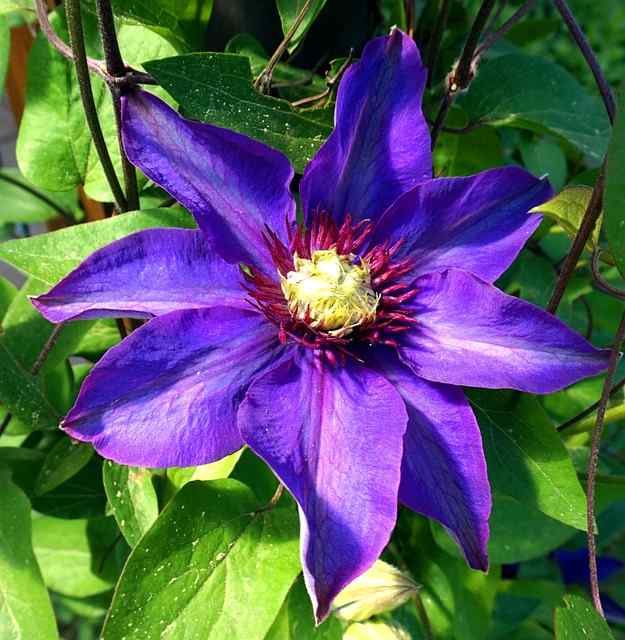
When it comes to timing your pruning, a few factors can determine the best moment for your specific Clematis. Weather conditions, plant growth habits, and garden health should all be considered.
Seasonal Indicators
Observing seasonal indicators is a critical part of gardening. Most clematis varieties will exhibit distinct growth patterns as winter wanes and spring approaches.
Spring Awakening
As temperatures rise and the days lengthen, your clematis will respond. Look for the first signs of growth, such as fresh green shoots emerging. This is an ideal time to assess any dead or damaged wood, especially for your early bloomers.
Regional Considerations
Your geographic location will also play a significant role in determining the best pruning time. Warmer climates may prompt you to prune slightly earlier, while in cooler regions, it’s best to wait until after the last frost.
Plant Health Assessment
Before pruning, take a close look at the health of your plant. Are there areas suffering from disease or infestation? Perhaps some branches are wilting or discolored? Address these issues during your pruning session, focusing on removing entirely any compromised sections to foster a healthier environment for future growth.
Pruning Techniques for Healthy Growth
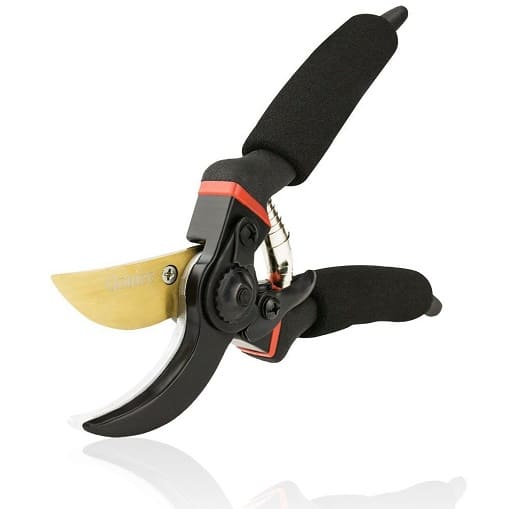
Understanding when to prune is just the beginning; knowing how to prune is equally crucial. Utilize the right techniques to ensure that your clematis not only survives but thrives.
Tools of the Trade
Start with having the proper tools at your disposal. Quality gardening shears or secateurs will yield clean cuts. If facing thick, woody stems, a pair of loppers or even a pruning saw would be beneficial. Don’t forget to disinfect your tools to prevent disease transfer between plants.
The Art of Pruning
Light Pruning for Group 1
When addressing early bloomers, focus on selectively removing dead or weak stems, as well as keeping the plant’s shape in mind. Do not remove healthy stems that have produced blossoms unless they are being overcrowded. The aim is to gently encourage growth while ensuring the plant maintains its natural form.
Hard Pruning for Groups 2 & 3
For Groups 2 and 3, employ a more aggressive approach. Cut back stems to a strong set of buds, ideally just above a node. This method revitalizes the plant and requires consideration of its overall size. Aim to prune after the plant has entered dormancy, ensuring you’re not disrupting the emerging stems.
Timing the Cut
The angle of the cut is crucial as well. A slight diagonal cut, approximately 45 degrees, helps prevent water pooling on the wound, promoting quicker healing. Always cut just above a bud, which encourages new growth.
Caring for Your Clematis Post-Pruning
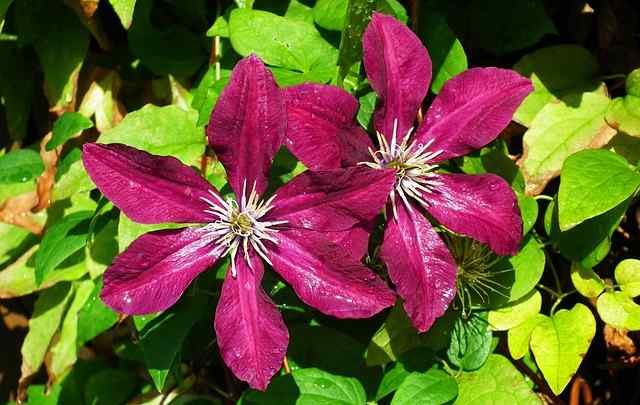
The work doesn’t end with pruning; how you care for your clematis afterward will profoundly influence its health and flowering.
Fertilization
Post-pruning is an excellent time to consider fertilizing your clematis. A balanced slow-release fertilizer during early spring can support robust growth. Be sure to follow the recommended application guidelines, as over-fertilization can harm the plant.
Watering Practices
Ensure your clematis is well-hydrated, especially after a winter dormancy followed by intensive pruning. Maintaining consistent moisture is vital, particularly as the growing season heats up. Drip irrigation or soaker hoses can deliver hydration without drowning your plant.
Mulching
Applying a layer of organic mulch around your clematis plants retains moisture, moderates soil temperature, and suppresses weeds. Aim for mulch made from shredded bark or wood chips, ensuring to keep it a few inches away from the base of the plant to prevent rot.
Common Mistakes to Avoid When Pruning Clematis
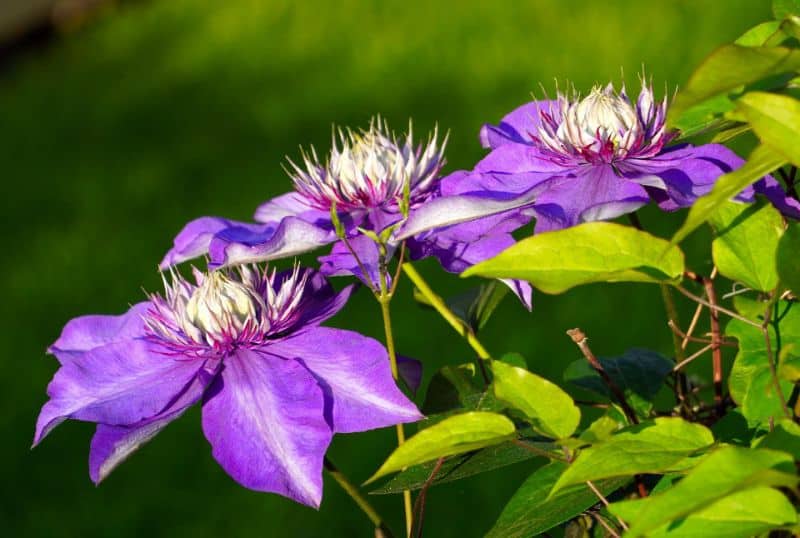
While pruning can seem straightforward, there are pitfalls one can easily fall into. Being mindful of these common mistakes can lead to better outcomes for your clematis.
Incorrect Grouping
Before pruning, ensure you have correctly identified your clematis group. Misidentifying can lead to cutting at the wrong time or misapplying techniques, resulting in stunted growth or minimal flowering.
Pruning Too Early or Late
Timing is crucial. Pruning too early during late winter could jeopardize branches that may still produce blooms. Conversely, waiting too long can make it difficult to shape the plant healthily.
Neglecting to Clean Tools
Using unclean tools can spread diseases, particularly in the wake of a pruning session. Make it a habit to sanitize your gardening implements before using them on different plants.
The Beauty of Clematis: Why Pruning Matters
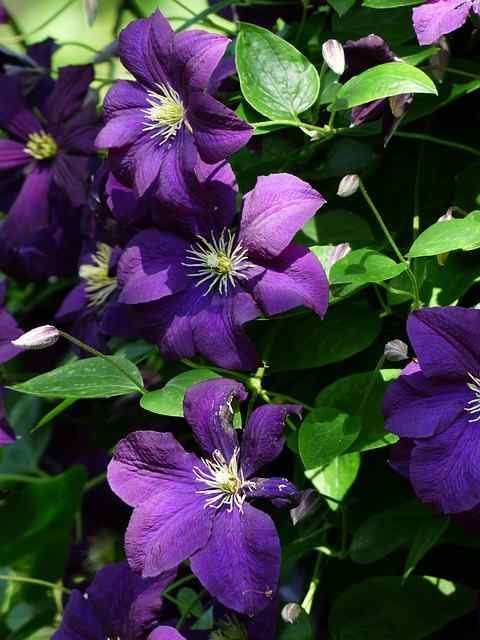
Pruning isn’t just a routine task; it enhances the aesthetic beauty of your garden. Clematis plants can often become unruly without proper care. Neglect can lead to weak stems, sparse blooms, and tangled growth, where their majestic beauty is lost amidst chaos.
Promoting Vigorous Growth
Through strategic pruning, you create an environment conducive to vigorous growth. Healthy, managed plants will have stronger stems and leaves, leading to a more impactful display when they bloom.
Reducing Disease
Regularly evaluating and pruning your clematis reduces the chance of diseases taking hold. By addressing dead, weak, or overlapping stems, you grant adequate airflow, minimizing the moisture retention that pests and pathogens crave.
Enhanced Flowering
When properly pruned according to their groups, clematis can show off their stunning blooms to their full potential. Grouping, knowing when and how to prune can make a significant difference in flower quantity, size, and overall vibrancy.
Conclusion
Pruning clematis may seem intimidating at first, but with an understanding of your plants and the right techniques, it can become an enriching part of your gardening routine. Each type of clematis has its unique rhythm and needs; by respecting these and aligning your pruning practices accordingly, you’ll foster a thriving, beautiful garden.





